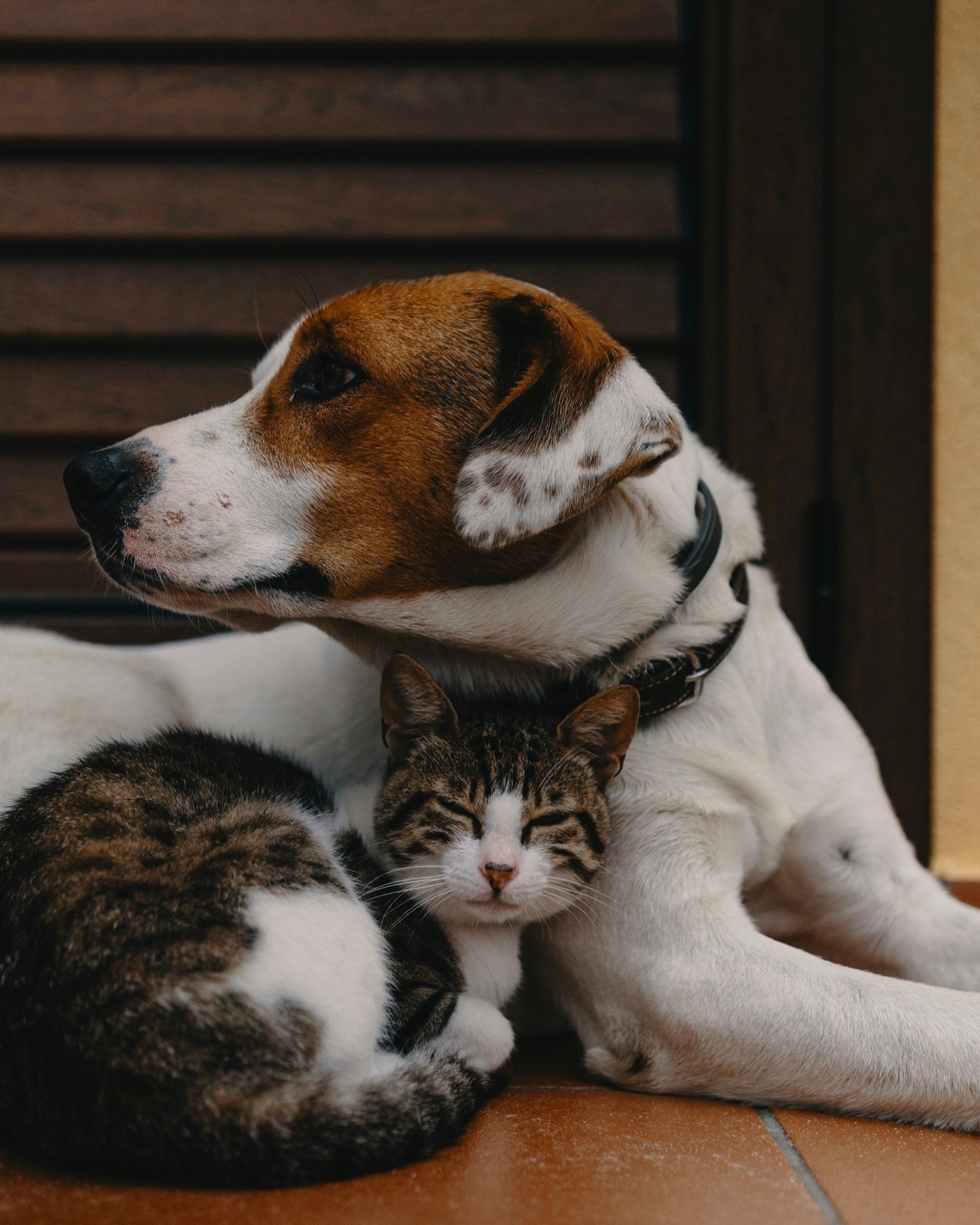
Trap. Neuter. Release
-

Trap.
To best help our furry friends we first trap cats and dogs in a very humane way so that they can go on to the next step
-

Neuter
Once trapped we transport them to local Bowling Green-Warren County Humane Society to be spayed. This process is made to be a comfortable journey for the dogs and cats.
-

Release
After spayed and cared for any other ailments we release them back to their respective homes, or if possible put them up for adoption.
Trap
To reach as many felines as possible, the humane society canvasses and surveys different parts of Bowling Green. Once we determine the number of cats in an area, we place traps in the neighborhood—with residents' permission after thorough information is given to them—to be taken under our care.
Common Question: How do you know when a cat is in a trap?
A: Through clever volunteer innovations, we can determine if a cat needs spaying or care by placing cameras and sensors on the cage, which are checked regularly.
Neuter
The Humane Society knows whether a cat is spayed or not via the ear tip, the most obvious signal. If a cat does not have an ear tip and is known to be a stray, then we take it to Bowling Green-Warren County Humane Society to be spayed and treated for any other ailments that it might have.
**Note: BGWC Humane Society only spays and treats stray cats or cats with no known owners. To determine this, we looked for a collar and microchip and asked the surrounding residents.
PLEASE MICROCHIP YOUR PETS
release
Once a cat is spayed and cared for, it is returned to its previous home. Returning these feral cats to their homes can further prevent other stray cats from taking over the territory and the Treat, Neuter, Release Program from returning to an already-treated area.
Question: How does this prevent stray cats?
Answer: Spaying cats—which are highly reproductive—prevents further generations from making the street their home.



